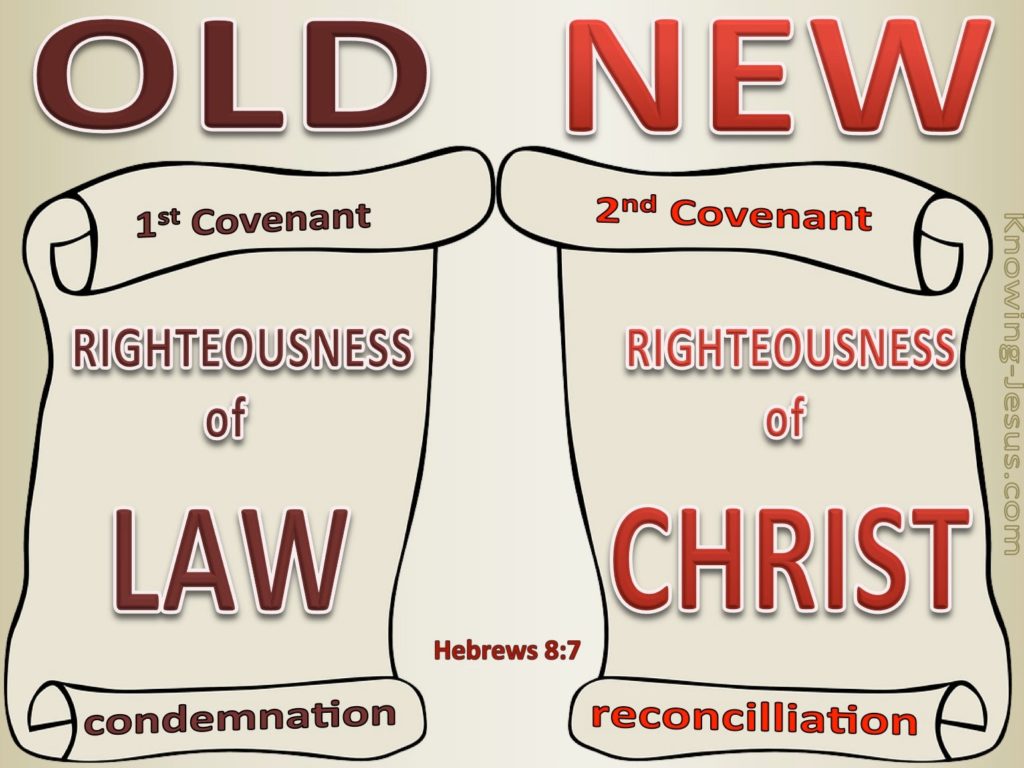I love a mystery, don’t you? In this blog post, we will examine a verse that is commonly quoted by churchgoers but seldom understood. It’s a mystery solved at the end of an arrow’s head as it searches for the subject’s bull’s-eye. It is time to call in the archer.
Archery is a very old sport that reportedly started in ancient Babylon. The bow and arrow were originally used for hunting and later became adapted to warfare. As time went on the skill of the bow spread to every civilization and became a major source of defence. During the 1500s in England, golf was banned as it took man’s time away from developing his archery skills. King Henry VIII even ordered men to practice such skills every Sunday after church.
As time marched forward, archery went from hunting to warfare and finally to sports competitions using a circular target. At the centre of the target, made up of concentric circles, is the gold section more commonly called the bull’s-eye.

The term “hit the bull’s-eye” actually meant to hit the golden centre of the target. Perhaps the most interesting and gross part of this traditional bull’s-eye, is that it comes from folklore which may in fact be historically accurate that early sports participants actually used to target the eyes of bulls. They would literally aim for the eye socket in a bull’s skull. The one who hit the most eyeballs won the competition. A rather grizzly thought isn’t it.
God takes aim at the subject’s bull’s-eye
When God authored a book in the Bible, it was like He was drawing back on a bow and releasing its arrow at a target audience. As always, God landed a bull’s-eye by hitting His target dead centre. For this reason, any serious student of the Bible will first attempt to learn who the original target audience was in the book of the Bible they are investigating.
Today, we are examining the often-quoted verse in Hebrews 10:25 which says:
Heb. 10:25 Not forsaking the assembling of ourselves together, as the manner of some is; but exhorting one another: and so much the more, as ye see the day approaching.
Before understanding this verse, we must first learn who was the bull’s-eye group that received the arrow of the book of Hebrews? To learn this is to discover the identity of the group addressed as “ourselves”, as in, “not forsaking the assembling of ‘ourselves’ together.”
External clue for the subject’s bull’s-eye
Who was this target group? And did God hit the bull’s-eye when He inspired its writing?
To figure this out, let’s quickly look at the book both externally and internally. First, externally:

Hebrews is a very mysterious book. It is an enigma in the sense that we do not know who wrote it. No writer is directly given for this book. Many have claimed that it was the Apostle Paul.
This may be due to our love of numerology. Paul has 13 known letters belonging to him in the New Testament. The number 13 is not a highly regarded number in our western culture.
Many of our taller apartment buildings refuse to name the 13th floor simply because of its association with being considered bad luck. Therefore, if Hebrews was ascribed to Paul as well, that would make 14 letters accredited to him (double 7), which is very positive in numerology. This reasoning is not good logic, but it is good superstition.
Regardless of the identity of the writer, it is important to note that the early day Christians received it as divinely inspired. Its value for Christian discipleship is unquestioned. We may not know the writer, but we know the author – God, the Holy Spirit!
And just because we do not know the writer doesn’t mean we do not know the original audience. One clue as to who the book was addressed is given in the name of the book, “Hebrews”. Who do you think the writer was writing to?
Here’s a hint
Here’s a hint, in the Bible, if you were not a Hebrew you were a Gentile. A Gentile is a person who is from any other nation that is not Hebrew. The book we are looking at is not called the book of Gentiles. It is called the book of Hebrews. Who do you suppose God was originally directing this book toward? Hebrews or Jews of course!
The book’s name is not inspired but those assigning names called it Hebrews early on in Christianity as it is focused greatly on Jewish life, primarily Jews who had accepted Jesus who became Christians. And that leads us to actually open the book itself and read its pages to look for clues internally as to who the target group of original recipients was.
Internal clue for the subject’s bull’s-eye
As one opens the pages of the book and examines its content in detail, one will quickly confirm that it is written to those of the Jewish nation who have experience with both the Old Testament and facts about Jesus in the New Testament.

Hebrews exquisitely ties together the Jewish Old Testament history and practices with the life of Jesus Christ. If you examine your Bible, you will find that it is divided into 66 books. Each of those books is divided into what we call Testaments. 39 of the books are in the Old Testament. The remaining 27 books are in the New Testament.
Each Testament is the basis for a unique Covenant (contract) God has made with His creation. The Old Testament presents the Old Covenant God made with the nation of Israel. The New Testament presents the New Covenant that God initiated through Israel and channeled to all nations throughout the world. Hebrews focuses its teaching on comparing the Old Covenant with New Covenant. And shows that the New Covenant of Jesus Christ is superior to the Old Covenant that was based on Mosaic Laws for which no one could truthfully live up to.
Therefore, the subject’s bull’s-eye or the target audience in the book of Hebrews is Jewish Christians. Those of the Jewish nation who converted over to Christianity. Those who had detailed knowledge of the Old Testament Jewish covenant and were able to see the superior New Testament covenant God had provided for all nations through His Son Jesus Christ.
So, what?
So let’s revisit Hebrews 10:25:
Heb. 10:25 Not forsaking the assembling of ourselves together, as the manner of some is; but exhorting one another: and so much the more, as ye see the day approaching.
From our external and internal investigations of the book, we now have a clue as to the identity of who “ourselves” is referring to. The target audience, the bull’s-eye for this book was Christian Jews. This is very important because without understanding this you will not understand the next two important phrases of verse 25, “as the manner of some is” and “as ye see the day approaching.”
Who exactly are these “some” and what exactly is their “manner”? What day is approaching?
Questions, questions, questions. Very important questions, but now that we have hit the bull’s-eye and understand the target audience, at least now we have a basis to find the answers. Stay tuned!


